Base mounted end suction pumps (BMES) are the elders of the pump world. Many of these workhorses have been in service for over 40 years and they are what most people are accustomed to seeing in their mechanical rooms.
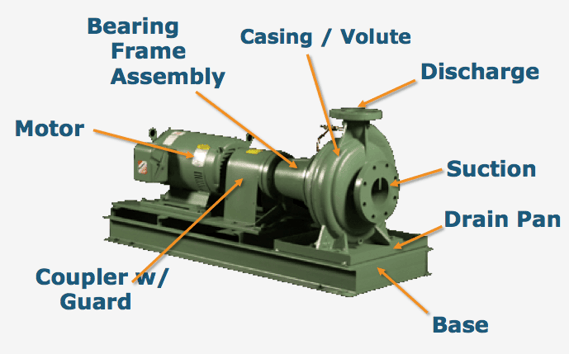
BMES pumps are characterized by a wet-end, or volute, with horizontal shaft coupled to a motor, all mounted on a steel frame base. It is “end suction” since water enters the pump directly at the eye of the impeller. The water path through the pump is shaped as a 90-degree angle, with water entering the suction directly then exiting out, usually vertically.
Here are four advantages in using BMES style pumps:
- Sturdy Construction: A BMES Pump includes a lot of materials to support the working elements. For example, a foot-mounted impeller casing, a permanently sealed foot-mounted shaft bearing assembly, semi-rigid flexible couplers, and frame-mounted motor. When installed and aligned correctly, this pump should last quite a long time.
- Overall, end suction pumps typically have a lower net positive suction head (NPSH) requirement due to the suction configuration (shorter path for water to flow into the eye of the impeller than an inline configuration).
- Air may be easily bled/removed from the top of the casing, especially with a centerline discharge.
- The motor may be disconnected and serviced without disturbing the volute (wet end).
THINGS TO CONSIDER FOR BMES PUMPS
- The base should ALWAYS be grouted. This will help reduce vibration and dampen noise transmis
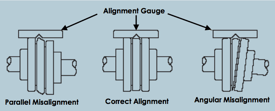 sion to the building.
sion to the building. - Alignment, alignment, alignment! (Did we say alignment?) Proper alignment by a professional, at start-up and at regular service intervals, will ensure a long life. If this is not done well, then don’t blame the equipment when problems arise!
- Many pumps in HVAC applications are run by a Variable Frequency Drive (VFD). Be sure that your BMES pump includes a VFD-rated coupling to help ensure longer equipment life in these variable speed applications.
- Piping weight must be supported by pipe hanger, NOT the pump volute. This is important for all pumps, but especially for BMES pumps due to the misalignment issue this can cause.
- Bearings and mechanical seals are expensive monitoring devices. Their failure is symptom of another issue needing to be resolved.
In short, even the best-built BMES pump is only as good as its installation. If done improperly, its configuration can be very unforgiving because its rotating elements are perpendicular to the forces of gravity. Special care must be given so it may find “balance in the force." And, while we are all accustomed to seeing BMES pumps in most mechanical rooms, is that style always our best option?
Author's note: This post has been updated from the original version posted in 2016.


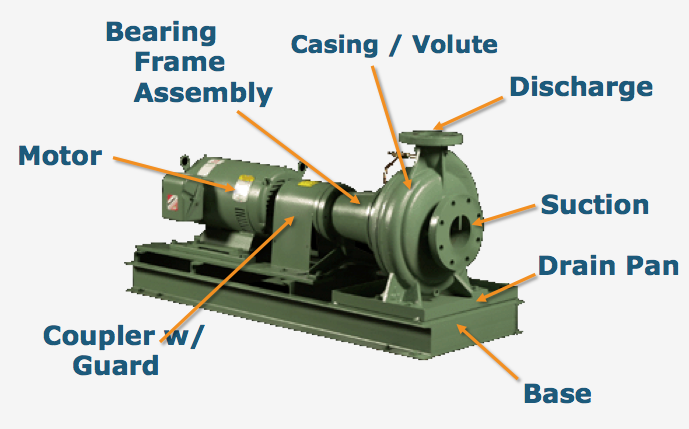


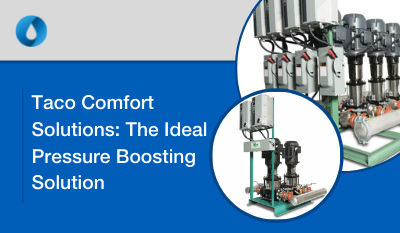
.png)
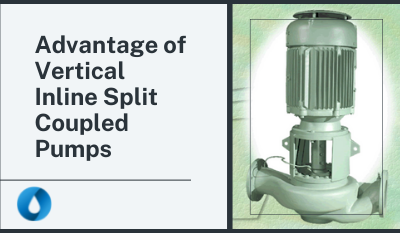



Submit a Comment